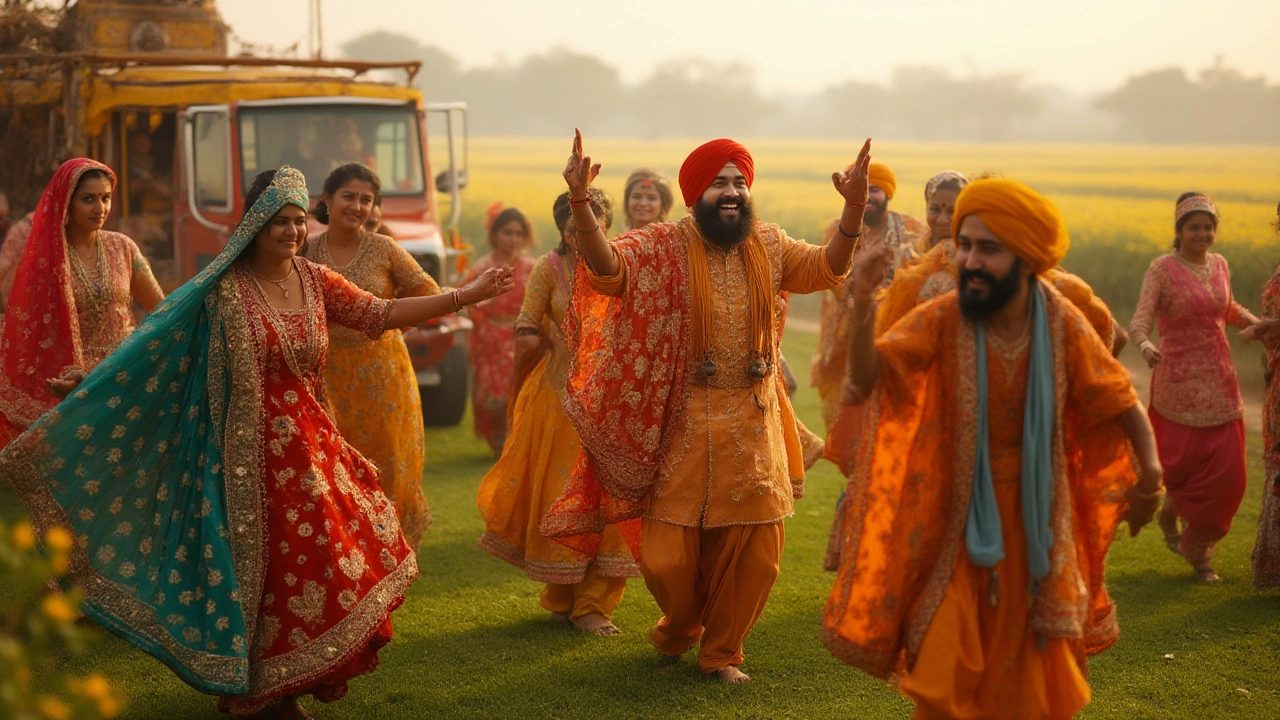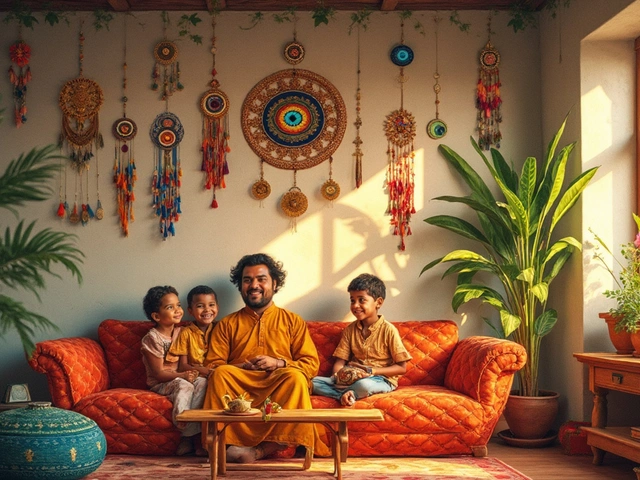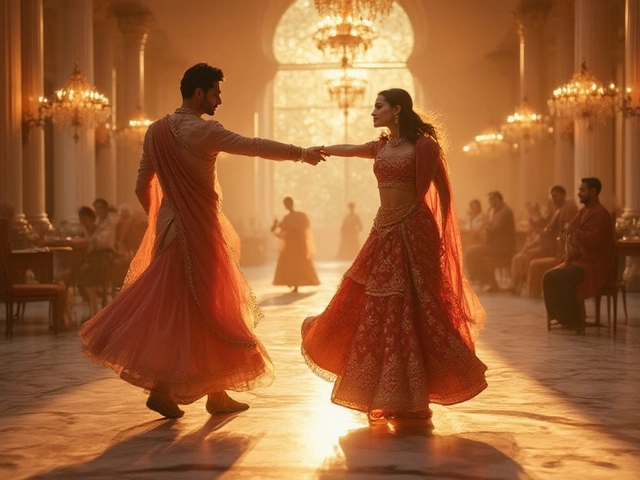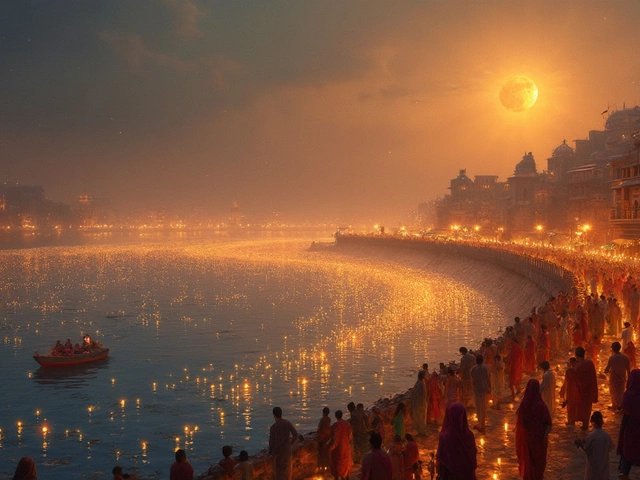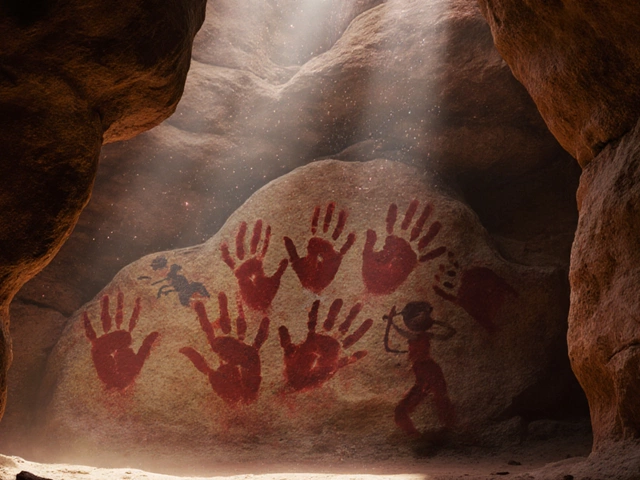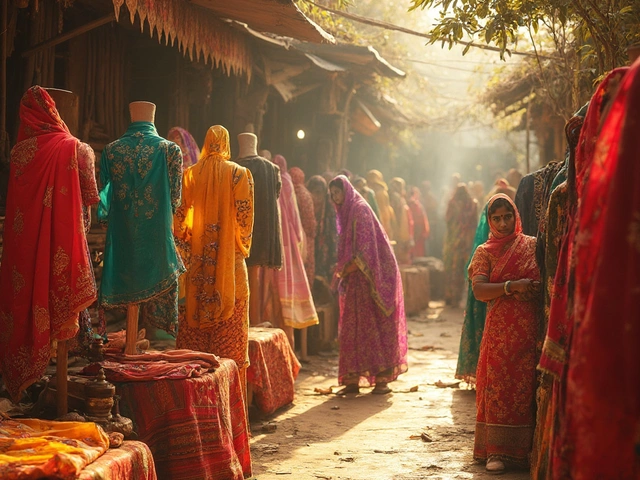Picture biting into buttery naan or laughing at a Bhangra party—the word "Punjabi" probably pops up. But who exactly are Punjabis? The answer isn’t as simple as pointing at a map, and it’s tangled up with history, pride, and the heartbreaking moment known as Partition. The Punjab region has been a cradle of civilizations, a crossroads for conquerors, a land of poets, rebels, farmers, and music lovers. But when people ask, “Are Punjabis Indian or Pakistani?”—they’re really scratching at something deep: identity, history, belonging. Anyone expecting an easy-split answer is in for a long ride, because the story stretches from ancient empires to grandparents reminiscing over sweet lassi.
Punjab: A Land Divided, A Culture United
The story of Punjabis starts with a place: Punjab. The name means “Land of Five Rivers.” For centuries, Punjab sprawled across what’s today northwest India and northeast Pakistan. The region is famously fertile—the breadbasket of both countries. Long before borders, people here built kingdoms and traded with Greeks, Persians, Arabs, Turks. Sikhism, which began here in the 15th century, now ranks as the world’s fifth-largest religion. This land also birthed some of the earliest urban communities, with sites like Harappa telling stories from 4,500 years ago.
Fast forward to August 1947—the stroke of midnight and the ink of politicians cut Punjab in two. One half went to India, the other to Pakistan. The Partition led to chaos, one of the largest mass migrations in history, and deep, fresh wounds that still linger today. Overnight, families found themselves ripped from their roots, and the rivers that united Punjab became an international border. You’ll hear stories from both Indian and Pakistani Punjabis about the "home" on the other side—sometimes with longing, sometimes with loss.
But here’s a twist: despite the border, the culture on both sides is strikingly similar. Both celebrate Vaisakhi by dancing Bhangra and Giddha. Both smile over glasses of salty lassi, relish mustard greens with corn bread (sarson da saag with makki di roti), and crank up Punjabi pop music. Both speak dialects of Punjabi—written in Gurmukhi script in India and Shahmukhi (a variant of Perso-Arabic) in Pakistan. You might hear more Sikh jokes in Indian Punjab and more references to Sufi saints in Pakistani Punjab, but the laughter, tears, and rhythms run close. The majority of Indian Punjabis follow Sikhism or Hinduism; in Pakistani Punjab, Islam is the dominant faith. But even here, celebrations, food, idioms, and the iconic hospitality feel familiar across the fence.
Want some numbers? As of 2025 estimates, nearly 125 million people speak Punjabi worldwide, with about 110 million in Pakistan (mostly in Punjab province) and 28 million in India (mainly in Punjab state, but also scattered across other states and the world). Punjabi is Pakistan’s most spoken language, though Urdu is the national language. In India, Punjabi is the official language of Punjab state.
| Country | Punjabi Speakers (approx.) | Major Religions |
|---|---|---|
| Pakistan | 110 million | Islam |
| India | 28 million | Sikhism, Hinduism |
| Canada & UK (diaspora) | 2+ million | Mixed |
This rich and blended culture doesn’t stop at the border guards. Diaspora Punjabis—those whose parents moved to Toronto or Birmingham or Fresno—carry their identities differently but keep the music, food, and stories alive.
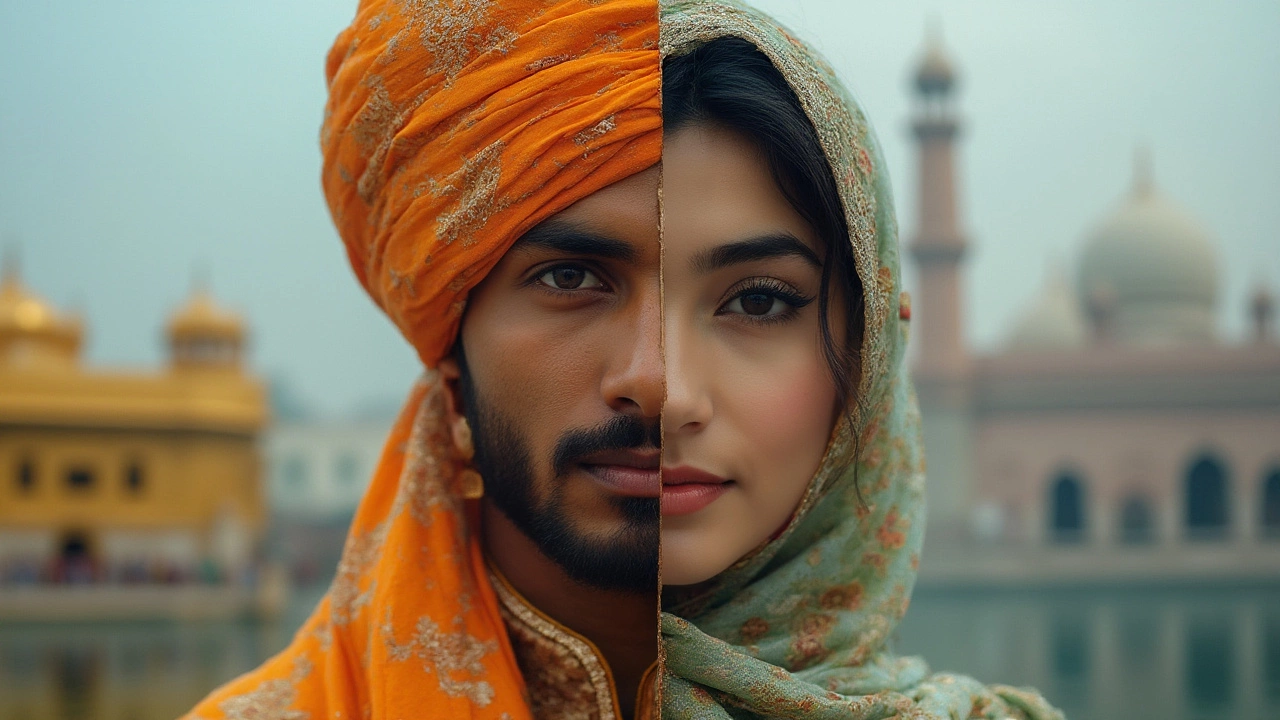
How Partition Changed Punjabi Identity
If there’s one event that flipped the meaning of “Punjabi” upside down, it’s Partition. In 1947, as the British left India, the maps were redrawn. Punjab was sliced into East (India) and West (Pakistan) Punjab. This wasn’t just a paper exercise. Trains packed with families, violence that left up to a million dead, and entire villages wiped clean. Up to 14 million people became refugees, switching sides almost overnight. Suddenly, being “Punjabi” also meant choosing a new homeland.
Before Partition, communities were mixed. Amritsar had Muslim shrines, Lahore had famous Sikh Gurdwaras, and Hindus shared neighborhoods with Christians and Sikhs. Afterwards, Indian Punjab leaned Sikh and Hindu, while Muslim Punjabis moved into Pakistani Punjab. But being “Punjabi” wasn’t erased by faith—it just came to mean slightly different things depending where you stood. Some of this was practical: in Pakistan, Punjabi is rarely taught in schools—Urdu dominates—while Indian Punjabis fiercely protect their language with school instruction, newspapers, and movies. When someone from Punjab in India visits Lahore, they get local jokes about their "heavy" accent, just as a Pakistani Punjabi might get teased for using loanwords from Persian or Arabic.
This difference isn't just in language. Look at religion: about 18 million Sikhs now call Punjab, India, home. In Pakistan, most Sikhs left, but some historical temples remain (like the Kartarpur Sahib Gurdwara, recently reopened for pilgrims from both countries—an emotional bridge for many). Cultural and folk traditions, though, still echo—wedding songs sound similar, as does the humor in Punjabi comedy. And if you ask Punjabis on either side about what makes them unique, you’ll hear pride in hospitality, love of music, and the belief that nobody throws a better party.
The split also led to huge differences in popular culture. Bollywood music from India made Punjabi lyrics and beats famous worldwide, while Pakistan’s Lahore-based Lollywood cinema and iconic Qawwali music gave Punjabi art a different shine. Even so, the folk legend Waris Shah’s 18th-century epic "Heer Ranjha" is quoted with teary eyes by both sides.
Today, many Indian Punjabis can trace family histories to what’s now Pakistani Punjab, and vice versa. In big cities like Ludhiana or Lahore, you’ll find older people reminiscing about "dost" from "udhar"—friends from the other side. Some families keep old house keys or yellowed photos from before Partition, hoping to visit “back home” at least once. The idea of "Punjabiyat" (Punjabi-ness) still unites them, whether as language, music, food, or attitude.
If you want to see what this looks like, look at cross-border festivals. In 2019, India and Pakistan opened the Kartarpur Corridor, allowing pilgrims to walk visa-free to a holy Sikh shrine in Pakistan—a rare moment of hope. Art, jokes, and memes still move over WhatsApp and Instagram between people in both Punjabs. For young Punjabis in the diaspora, figuring out what "home" or "Punjab" means can be a journey, too—sometimes wrapped up in identity struggles, but almost always full of pride in their roots.
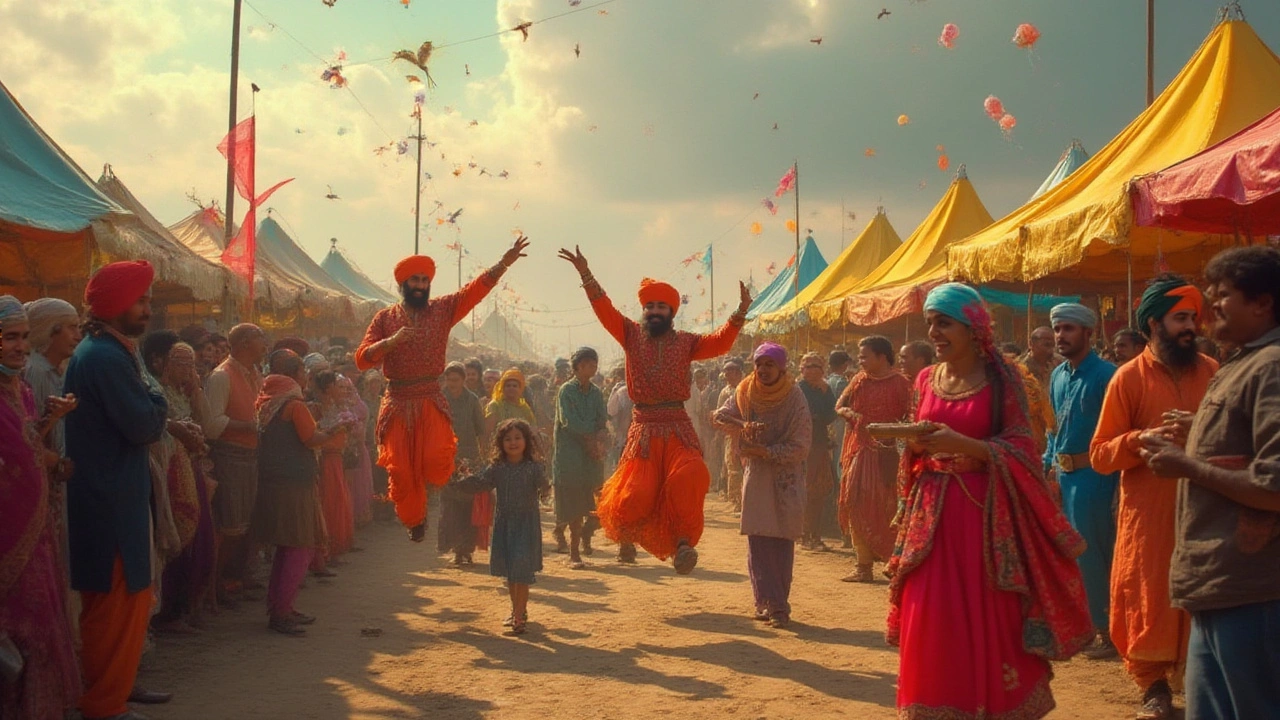
Panjabi Identity Today: Beyond the Border
The answer to “Are Punjabis Indian or Pakistani?” is: both—and neither, entirely. Punjabis come from a region, not just a nationality. Their roots run deep in both countries, and their culture goes far beyond official passports. Whether Sikh, Hindu, or Muslim; whether born in Chandigarh or Rawalpindi or California—the typical Punjabi identity is more about community, food, music, humor, and shared memory than about lines on a map.
Just look at the facts. In Canada, Punjabi is the third-most spoken language after English and French. Punjabis in the UK have been mayors, pop stars, Michelin-star chefs. The diaspora’s influence shows up in everything from bhangra remixes on TikTok to the butter chicken at your local restaurant. And when it comes to weddings, nobody—absolutely nobody—dances like a Punjabi crowd. Some “lifehacks” for making Punjabi friends: learn a few greetings (like "sat sri akal" for Sikhs, "salaam" for Muslims), don’t be shy about eating with your hands, and never, ever refuse seconds at dinner—they take food seriously.
Identity, though, isn’t just about party tricks. For some, especially those with parents or grandparents who lived through Partition, being Punjabi is tinged with stories of loss: brothers missing, sprawling farms left behind, changed names, changed lives. For younger generations, there’s a drive to reconnect with traditions, visit family homes on the "other side," or keep alive music and stories that their parents treasured. Social media has become a new way for Punjabis from across the world to find and celebrate each other, from recipe swaps to meme-sharing groups.
So, if you ever find yourself at a Punjabi celebration—maybe you’re stepping into a noisy, color-filled Vaisakhi parade, or your neighbor is offering you sweets at Eid or Diwali—pause and notice how everyone, no matter the passport, knows the songs, dances with the same wild energy, and shares the same jokes. You’re seeing a living culture, bigger than the sum of its borders, shaped by shared memory and a million cups of chai.
The next time someone asks you, "Are Punjabis Indian or Pakistani?" you’ve got the answer: Yes, and then some. The Punjabi story cuts across lines drawn in the sand, reminding us that identity often refuses to be boxed up. Behind every Punjabi—no matter what flag they salute—stands a stubborn pride in their culture, a love of storytelling and food, and a heart that quietly remembers home, whatever side it’s on.
